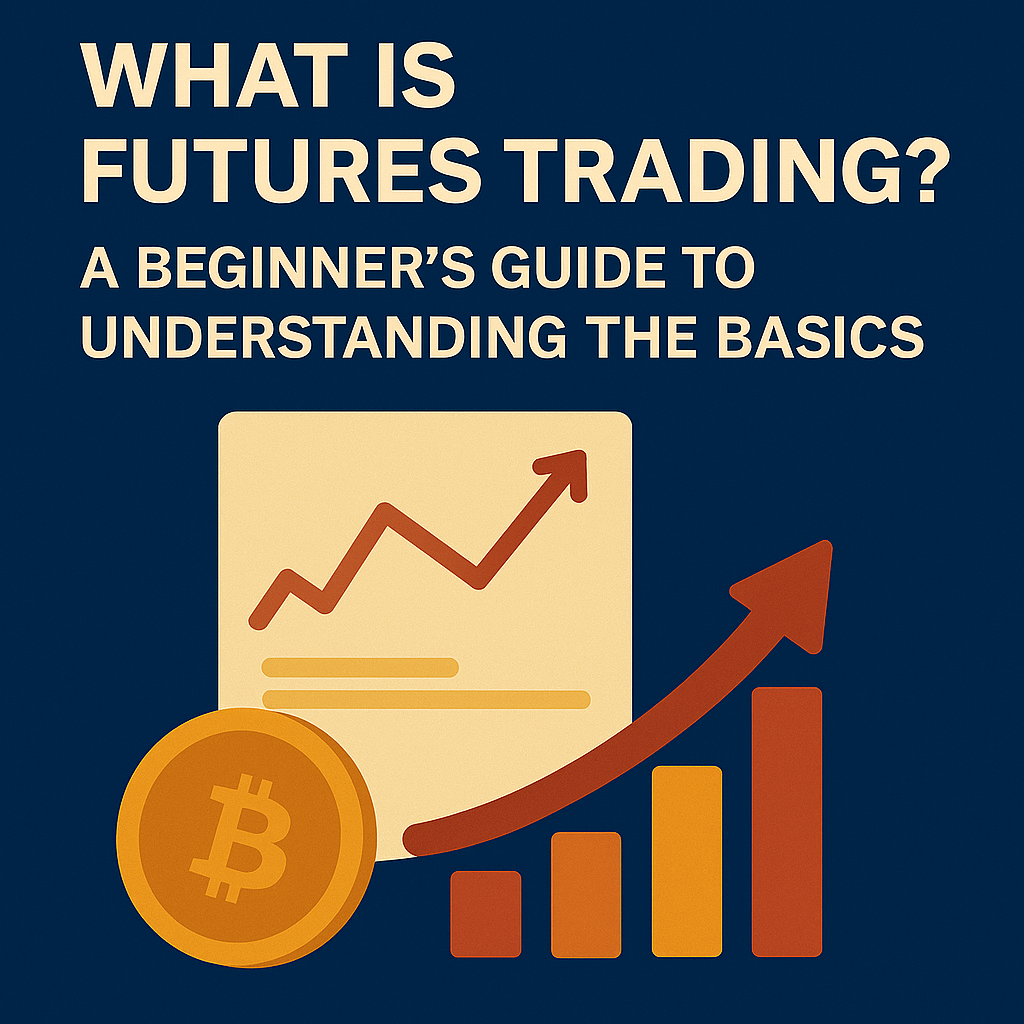💡 What is Future Trading?
Futures trading is a type of derivatives trading where you agree to buy or sell an asset at a fixed price on a future date. Instead of owning the asset (like gold or shares), you’re trading a contract based on the price movement of that asset.
✅ Example:
Imagine you think the price of gold will go up in the next 30 days.
You buy a gold futures contract today. If gold does go up, you sell the contract later at a higher price — and pocket the profit.
No need to store actual gold, no delivery required — it’s all digital.
🔍 What Can You Trade in Futures?
Futures contracts are available for a wide variety of assets:
📈 Indices – Nifty, Bank Nifty
💼 Stocks – Reliance, Infosys, HDFC
🏭 Commodities – Gold, Crude Oil, Silver
🌍 Currencies – USD/INR, EUR/USD
In India, futures trading is done through regulated exchanges like NSE, BSE, and MCX.
🛠️ How Does Futures Trading Work? (Step-by-Step)
Step 1: Open a Trading + Derivatives Account
You’ll need a trading account with futures enabled. Most brokers offer this with full KYC.
Step 2: Choose Your Contract
Pick the asset you want to trade. For example, Nifty May Futures or Gold June Futures.
Step 3: Understand the Contract Size & Margin
Each contract has a lot size and requires a margin (initial amount you need to place the trade).
Example: A crude oil contract may require ₹25,000 margin to control a lot worth ₹2.5 lakhs.
Step 4: Buy or Sell Based on Market View
Buy (Long) if you think prices will go up
Sell (Short) if you think prices will fall
You can profit both ways — that’s one of the biggest advantages of futures.
Step 5: Close Your Position
You can square off your trade before the contract expires or let it auto-close on expiry. Most retail traders close early to avoid settlement hassle.
✅ Why Beginners Should Learn Futures Trading
While futures come with higher risk, they offer powerful benefits:
🔹 1. Leverage = More with Less
Trade large volumes with a fraction of capital. For example, ₹20,000 can control assets worth ₹1 lakh.
🔹 2. Profit in Rising or Falling Markets
Unlike regular investing, you can make money even when markets fall.
🔹 3. High Liquidity
Futures contracts are among the most traded instruments — meaning you can enter/exit with ease.
🔹 4. Hedging
Futures are also used to protect your portfolio. If you hold stocks, you can hedge against sudden downturns.
📚 Pro Tips for Futures Trading Beginners
Trade index futures first (like Nifty/Bank Nifty) — they’re less volatile than stocks
Keep a trading journal to track your decisions
Use platforms that offer real-time charts and margin calculators
Always calculate your risk-reward ratio before entering a trade
Follow economic calendars for upcoming events (budget, RBI updates, Fed rates)
🏁 Conclusion
Futures trading might sound complex, but it’s one of the most rewarding skills you can learn as a trader. Once you understand the basics and manage your risk wisely, it opens up a world of opportunities — across commodities, stocks, indices, and even currencies.
So don’t let the word “futures” scare you.
Learn the rules. Practice smart. And trade with confidence.
💼 Ready to Explore Futures Trading?
Whether you’re just starting or want to take your trading to the next level, understanding futures is a great step toward becoming a more versatile, powerful, and profitable trader.




